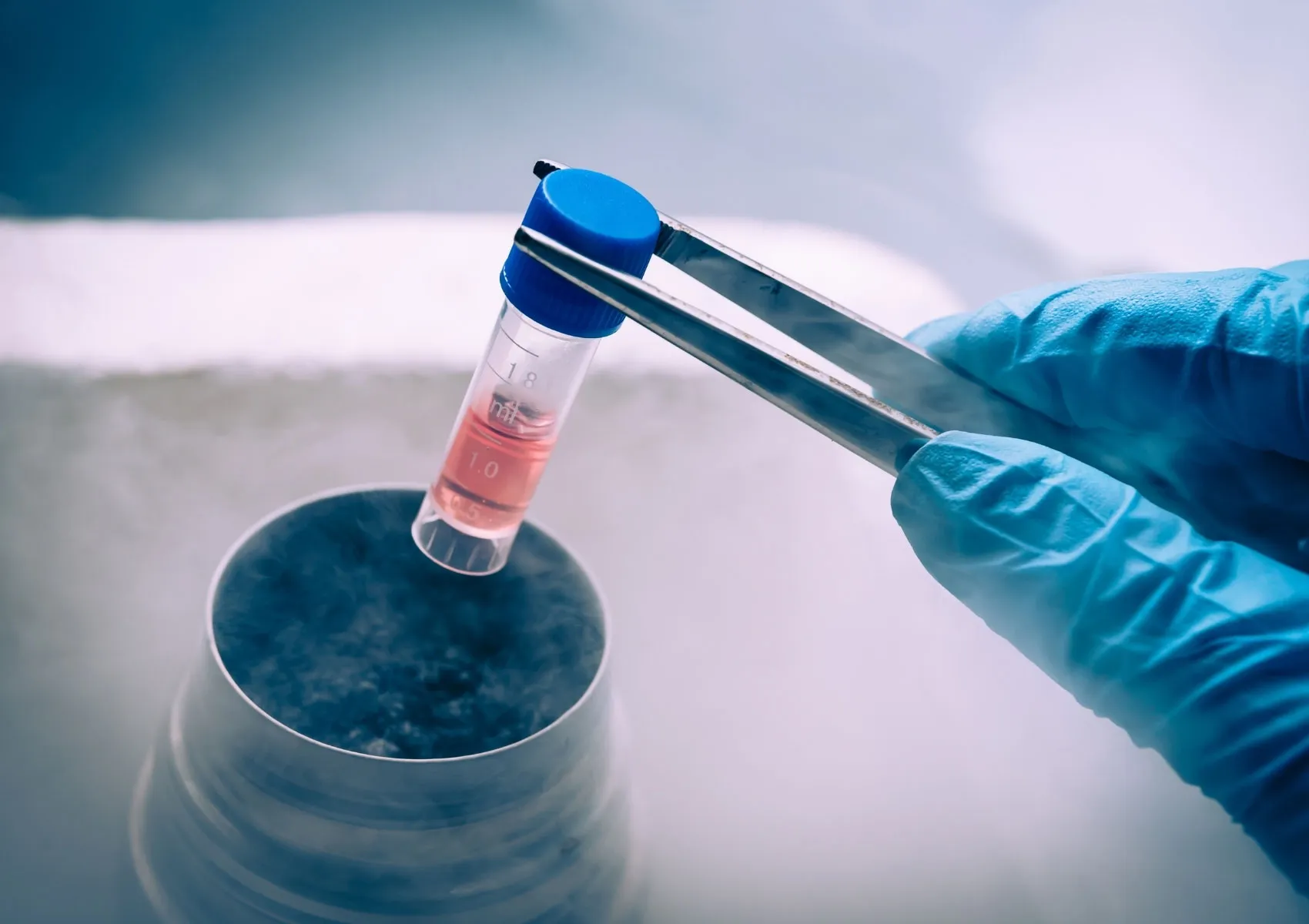In Which Orthopedic Conditions Is Stem Cell Therapy Used?
A Natural and Regenerative Approach to Tissue Healing
Stem cell therapy is a treatment method based on the use of cells that have the ability to self-renew and differentiate into various types of tissue to repair damaged structures. In recent years, it has gained widespread use in orthopedics and sports medicine as a non-surgical, biological treatment option that supports natural tissue regeneration.
Particularly in injuries involving cartilage, tendons, ligaments, and muscles, stem cells may accelerate healing and reduce the need for surgery.
What Are Stem Cells?
Stem cells are unique cells with the ability to regenerate, multiply, and differentiate into other specialized cells. In orthopedic treatments, the most commonly used type is mesenchymal stem cells (MSCs).
These can be harvested from:
- Bone marrow
- Adipose (fat) tissue
- Peripheral blood
- Umbilical cord blood (mainly in experimental or non-clinical use)
In clinical orthopedic practice, autologous (self-derived) bone marrow stem cells are most frequently used due to safety and compatibility.
How Is Stem Cell Therapy Performed?
- Harvesting: Bone marrow is aspirated from the pelvic bone using a specialized needle.
- Processing: The stem cells are concentrated via laboratory methods or centrifugation.
- Injection: The processed stem cell solution is injected directly into the injured area (joint, tendon, muscle) under ultrasound or fluoroscopic guidance.
The procedure is typically completed in a single session and may be performed under local anesthesia.
Orthopedic Conditions Treated with Stem Cell Therapy
1. Knee and Hip Osteoarthritis (Early to Moderate Stage)
- Stem cells may slow cartilage degeneration, reduce pain, and maintain joint function.
- Often used to delay or avoid joint replacement in eligible patients.
2. Cartilage Injuries
- Trauma or degenerative cartilage defects can benefit from stem cells by enhancing healing and regeneration.
- Particularly useful in young, active individuals not suitable for surgery.
3. Meniscal Tears
-
In non-surgical or partial meniscus tears, stem cells may aid in natural meniscus healing and pain reduction.
4. Tendon and Ligament Injuries
-
Conditions like Achilles tendinitis, rotator cuff tears, and patellar tendinitis respond well to stem cell therapy, especially in chronic or repetitive injuries.
5. Muscle Tears
-
Stem cell injections into torn muscle tissue can shorten recovery time and reduce the risk of reinjury—commonly used in athletes.
6. Avascular Necrosis (AVN)
-
In early stages of avascular necrosis of the femoral head, stem cell therapy may halt progression and help avoid joint collapse.
Advantages of Stem Cell Therapy
- Non-surgical treatment option
- Autologous cells – eliminates risk of rejection
- Supports natural tissue-specific healing
- Speeds up recovery
- Minimal side effects
- Often completed in a single session
Who Is a Suitable Candidate?
- Patients aged 40 to 65 with early-stage orthopedic conditions
- Individuals who are not candidates for surgery or prefer non-surgical options
- Amateur or professional athletes
- Patients without infection or systemic disease
FAQ
-
Is stem cell therapy a permanent solution?
Results vary depending on the condition and patient profile, but long-lasting effects can be seen in early-stage cases.
-
Can stem cell therapy be used at any age?
It’s most effective in younger and middle-aged patients with good healing potential.
-
Can it replace joint replacement surgery?
It may delay or sometimes eliminate the need for prosthetic surgery in early stages but is not effective for advanced joint damage.
-
Is the procedure painful?
No. It is typically performed under local anesthesia, and most patients return home the same day.
-
What’s the difference between PRP and stem cell therapy?
PRP uses concentrated platelets from blood, while stem cell therapy uses regenerative cells that actively promote tissue repair and renewal.

